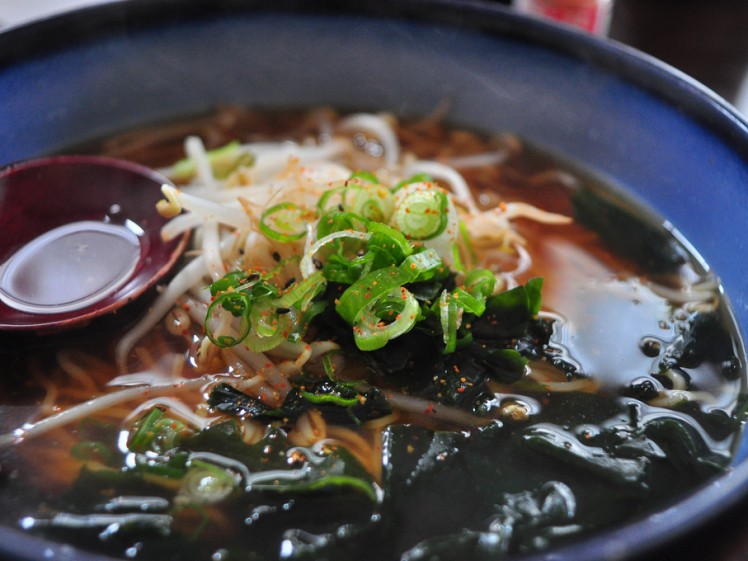Photo credit: Fox Wu, Flickr
There’s nothing like a big steaming bowl of ramen on a cold dreary day. This Japanese noodle soup dish has become a popular choice in Malaysia in recent years, with many Japanese restaurants specializing in this hot, comforting broth.
In a 2014 article, the Huffington Post wrote about the nutritional values (or lack thereof) from eating ramen prepared in a restaurant compared to the instant packet ones consumers can buy and prepare at home. Their analysis, of course, was not a comforting one. Read more about it here.
What is Ramen?
Originating from Japan, ramen is a noodle soup dish made with wheat noodles and served in a meat or fish-based broth. The dish is also flavoured with soy sauce or miso, and topped with sliced pork, dried seaweed, kamaboko (cured surimi) and green onions. There are a few variants of this soup dish, like the tonkotsu (pork bone broth), ramen of Kyushu, and the miso (fermented soybeans seasoning) ramen of Hokkaido.
How Bad Is Ramen?
How unhealthy can soup and noodles be?
Ramen is made up of two main ingredients: noodles and broth. Most noodles consists of basic ingredients such as wheat flour, salt, water and kansui, a type of alkaline mineral water containing sodium carbonate, potassium carbonate and a small amount of phosphoric acid. Making noodles with kansui gives the noodles a yellowish hue and firm texture. On some occasions, eggs may also be substituted for kansui. Soft-boiled eggs are also added to some ramen dishes.
Consumers may not know the exact ingredients that go into making a good ramen dish. Although ramen soup is generally made from chicken or pork-based stock, kombu (kelp), katsuobushi (skipjack tuna flakes), niboshi (dried baby sardines), beef bones, shiitake and onions, the consumers themselves will not know if anything else was added to enhance the flavour.
The types of ramen broth that are generally available in Malaysia are tonkotsu ramen, shio (“salt”) ramen and miso ramen. The common element they all share is salt. Consuming too much of salt can affect your heart, bones and blood pressure. A lot of restaurants also include braised pork belly into their ramen menu which is high in saturated fat and calories. Also, one of the accompanying seasonings to ramen is butter. Now, all that salt and saturated fat can’t be good for your body.
Tonkotsu broth is made by boiling pork bones, fat and collagen for hours on high temperature, resulting in a full-flavoured and cloudy broth that packs “high” levels of lead contamination. Meanwhile, the oldest dish, shio ramen, a pale yellowish broth, only uses salt as the main flavouring. Miso ramen is a unique broth containing a thick and salty paste made from fermented soybeans or rice, and blended with oily chicken or fish. It is the tonkotsu or lard added to this hearty dish that makes it so hazardous to your health.
So, as much as you love indulging in a bowl of ramen, try to limit it to a once-in-awhile treat. For the sake of your health.
Read This: 20 Instagram Photos of Malaysian Food
"ExpatGo welcomes and encourages comments, input, and divergent opinions. However, we kindly request that you use suitable language in your comments, and refrain from any sort of personal attack, hate speech, or disparaging rhetoric. Comments not in line with this are subject to removal from the site. "





















